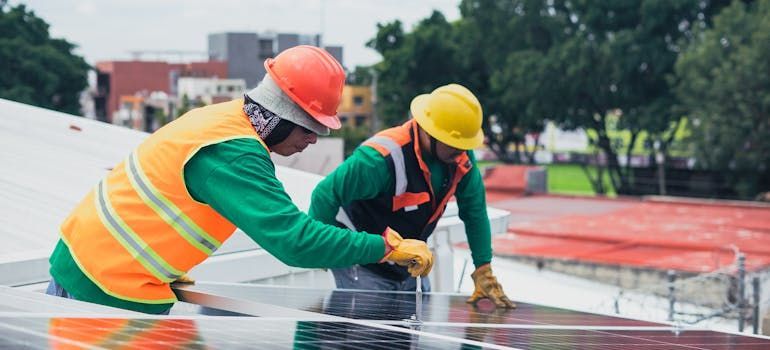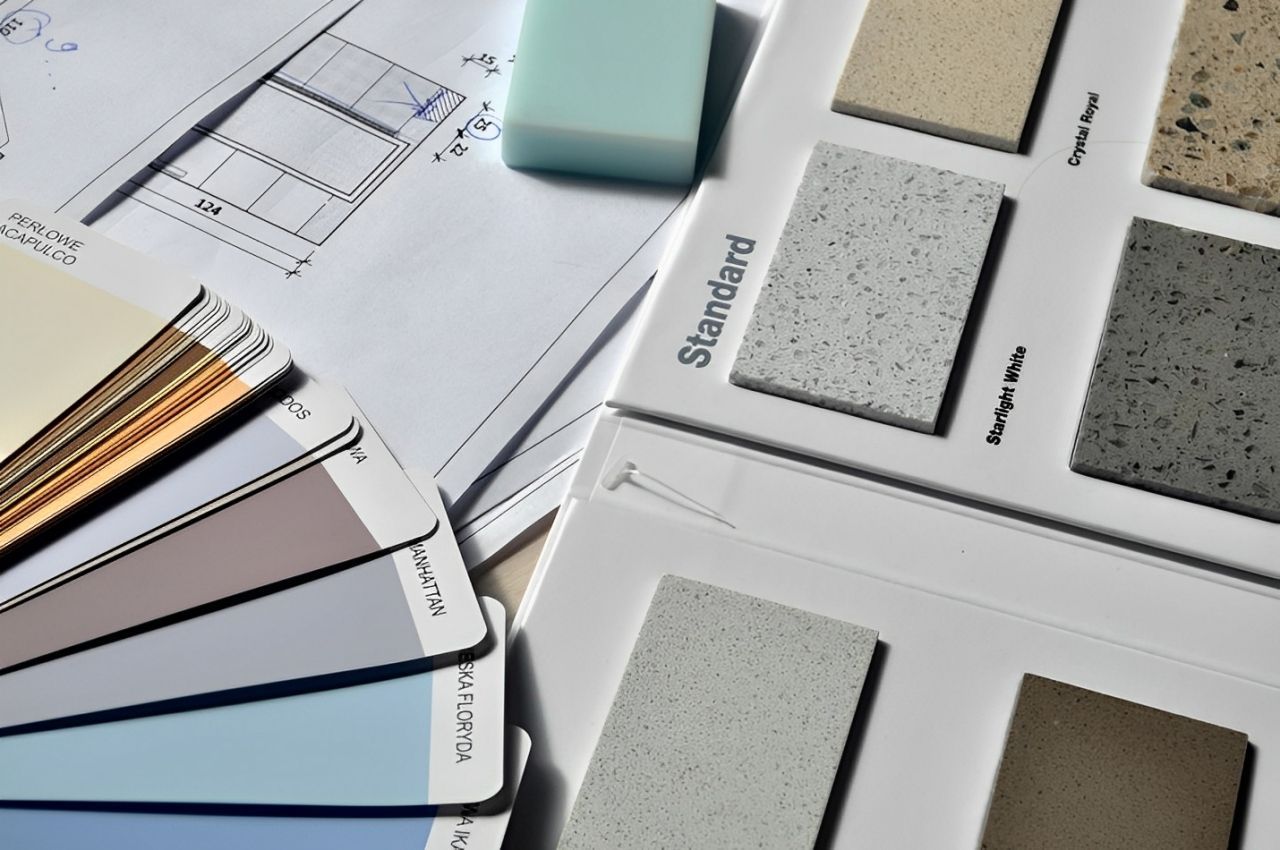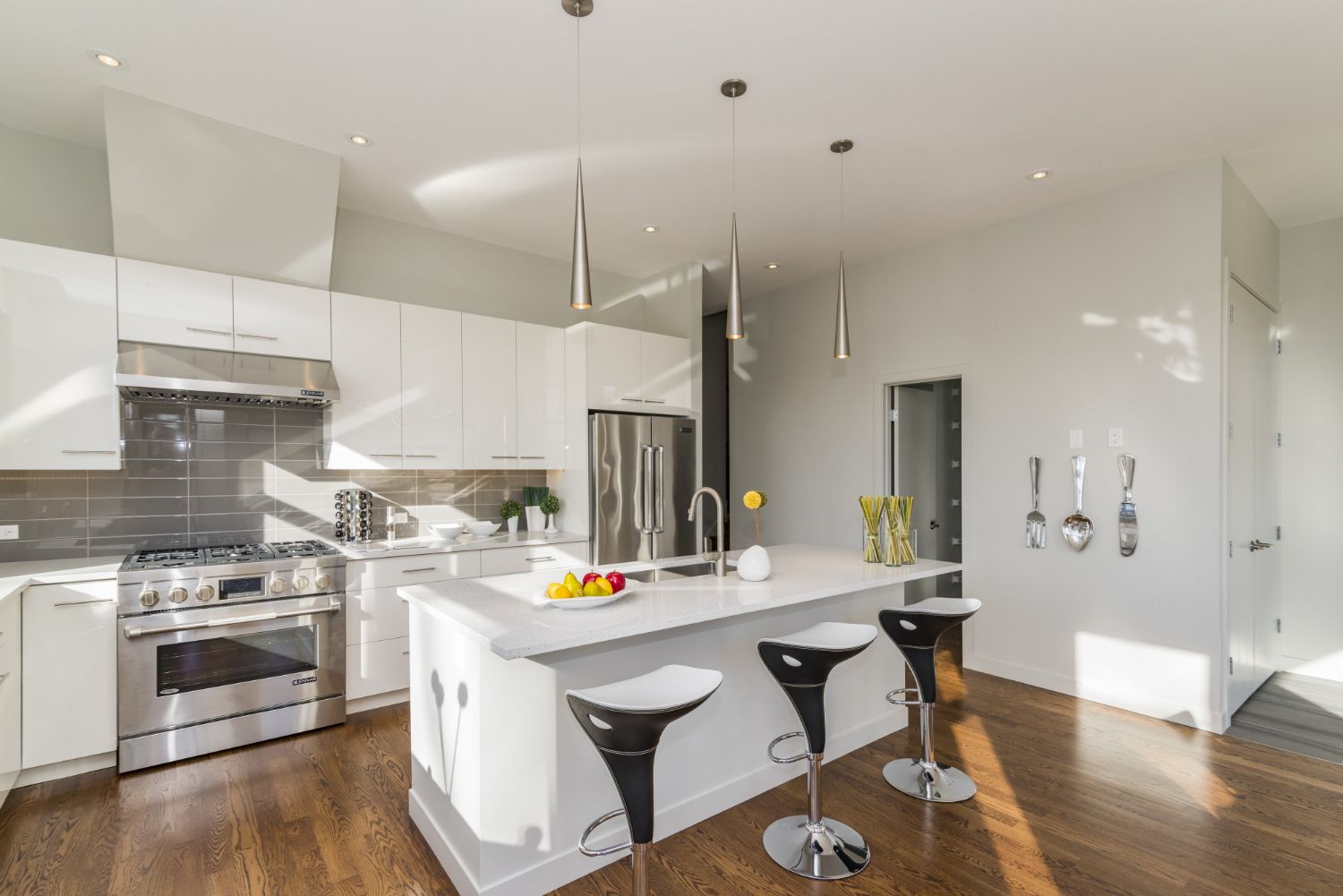Achieving Net-Zero Energy Consumption Through Design and Technology
Achieving net-zero energy consumption is key to combating climate change and securing a sustainable future. This concept revolves around balancing the energy we use with what we produce. The goal is to create a state where our energy needs are entirely met through renewable sources. In this pursuit, innovative design and technology play huge roles. From harnessing solar power to implementing energy-efficient building design principles, there are many strategies to explore. By embracing these approaches, we reduce our carbon footprint, reap financial benefits, and enhance the resilience of our communities. So, let's explore practical solutions that empower individuals and organizations to embrace sustainability and achieve net-zero energy consumption.
What Is Net-Zero Energy Consumption?
While many home improvement projects will boost your home's value, one often neglected aspect is its energy efficiency, particularly achieving net-zero energy consumption. This concept entails ensuring that the total amount of energy a building uses is equal to the amount of renewable energy it generates on-site or procures from off-site renewable sources. In essence, it's about achieving a balance between energy consumption and energy production. As a result, there's minimal reliance on non-renewable energy sources like fossil fuels.
This approach reduces greenhouse gas emissions and provides homeowners with long-term cost savings and resilience against fluctuating energy prices. By understanding the principles behind net-zero energy consumption, individuals can take proactive steps to minimize their environmental impact while enjoying the benefits of sustainable living.
Solar Power: The Cornerstone of Net-Zero Design
Solar power is a renewable and abundant energy source with immense potential to propel buildings towards energy self-sufficiency. Buildings can convert sunlight into electricity through photovoltaic (PV) panel installation. This reduces reliance on grid-supplied energy and mitigates carbon emissions. Advancements in solar technology, including improved efficiency and affordability, have made solar power an increasingly viable option for both residential and commercial properties.
Strategically integrating solar panels into building design, such as optimizing roof orientation and maximizing sun exposure, occupants can harness the full energy-generating potential of solar resources. Embracing solar power doesn't only foster sustainability. Rather, it also offers long-term economic benefits, including reduced energy bills and increased property value. As the sun continues to shine as a renewable energy source, harnessing its power remains a fundamental strategy for achieving net-zero energy consumption.
Energy-Efficient Building Design: Key Principles and Strategies
Energy-efficient building design encompasses several key principles and strategies. However, they all aim at minimizing energy consumption while maximizing comfort and functionality. This includes optimizing building orientation to leverage natural light and ventilation, implementing high insulation levels to reduce heat loss, and integrating energy-efficient appliances and HVAC systems.
Additionally, passive design strategies such as shading and thermal mass are crucial in maintaining indoor comfort levels while reducing the need for mechanical heating and cooling.
Climate Differences
Regional climate differences are another aspect to consider when tailoring design strategies to specific environmental conditions. As an example, imagine relocating from warm and sunny Florida to the colder climate of Massachusetts. The relocation is a challenge in itself, but homeowners can deal with it by seeking reliable movers experienced in long-distance relocations. That way, it's possible to arrange a simple transition, ensuring a smooth and hassle-free move. However, this change in climate would also necessitate adjustments in insulation levels and heating systems.
Homeowners might consider upgrading insulation to higher R-values to better retain heat during colder winters. They may also opt for more efficient heating systems, such as furnaces or heat pumps, capable of handling the increased demand for warmth in colder climates. Adapting design strategies to regional climates and seamlessly transitioning between locations enables you to optimize energy efficiency and achieve sustainable living goals.
Smart Home Technology: Optimize Energy Usage
Smart home technology revolutionizes energy management by providing homeowners with intuitive tools to optimize energy usage and reduce waste. With the integration of smart thermostats, lighting systems, and appliances, you can remotely monitor and control energy consumption. This can lead to significant cost savings and environmental benefits.
For instance, installing quality lighting is a home improvement decision you'll never regret. But why not go the extra mile and opt for smart lighting for your home? Smart lighting enhances convenience with features like customizable schedules and remote access and contributes to energy efficiency by automatically adjusting brightness levels based on occupancy and natural light conditions.
Sustainable Materials and Construction Techniques
It's possible to minimize environmental impact while enhancing durability and efficiency. However, building for the future requires a shift towards sustainable materials and construction techniques. Builders can significantly reduce carbon emissions and waste generation throughout the construction process by prioritizing eco-friendly materials such as recycled wood, bamboo, and reclaimed metal.
Moreover, embracing innovative construction techniques such as modular construction and passive design principles further enhances sustainability by optimizing resource utilization and minimizing energy consumption over the building's lifecycle. Sustainable materials and construction techniques not only mitigate the environmental footprint of buildings but also contribute to healthier indoor environments and long-term cost savings for homeowners and developers.
Energy Monitoring and Management Systems
Energy monitoring and management systems provide invaluable insights into energy usage patterns. They empower homeowners and businesses to make informed decisions to optimize efficiency and reduce waste. These systems utilize advanced sensors and software to track energy consumption in real-time. This allows users to identify areas of inefficiency and implement targeted solutions for improvement.
You can proactively manage your energy usage by analyzing data trends and setting energy-saving goals. The results include significant cost savings and environmental benefits. What’s more, energy management systems offer remote access and control capabilities, enabling users to adjust settings and schedules from anywhere, further enhancing convenience and efficiency. Investing in energy monitoring and management systems fosters sustainability and enhances the resilience and competitiveness of buildings and facilities in an increasingly energy-conscious world.
Embrace Sustainability and Pave the Way for a Net-Zero Future
Embracing sustainable design and technology is vital in achieving net-zero energy consumption. Implementing strategies such as harnessing solar power, optimizing building design, and integrating smart home technology enables individuals to significantly reduce their environmental footprint while enjoying long-term cost savings. Sustainable materials and construction techniques, coupled with energy monitoring and management systems, further reinforce this commitment to sustainability. Together, these efforts lay the foundation for a greener, more resilient future for generations to come.

















